
The Eco-Friendly Christmas Tree: The Treecycle Of Joy
The Treecycle of Joy, displayed at the front plaza of Siam Discovery, is meticulously constructed from over 10,000 recycled aluminium cans.
Circular Economy a term many might be familiar with, revolves around sustainable business practices. So, how important is the Circular Economy to Thailand? How is it being driven forward, and what other issues are involved? Aluminium Loop invites everyone to find answers through the perspective of Dr. Wijarn Simachaya, Director of the Thailand Environment Institute and Chairman of the Thai SCP Network (Thai Sustainable Consumption and Production Network), promoting sustainable production and consumption in Thailand.
This article focuses on the Circular Economy, which has been established as a policy in Thailand today, as part of the BCG model, a new comprehensive economic development strategy and a national agenda for Thailand. Additionally, it touches on the EPR (Extended Producer Responsibility) principle, which extends the producer’s responsibility across the product and packaging life cycle, related to the BCG Strategy, to understand who it involves and whether it relates to us, the public.
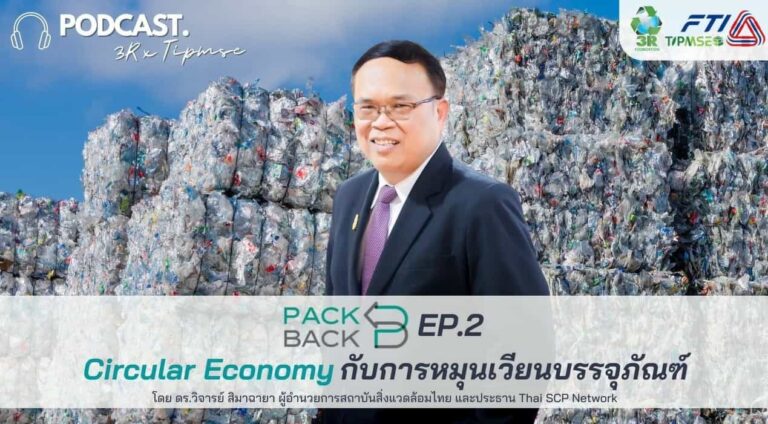
Before the Circular Economy became a national policy, the private sector or producers weren’t much interested in environmental issues. Everyone might have thought environmental matters were solely the government’s responsibility. However, as the impacts of climate change became more evident, it likely sparked awareness across various sectors about the environmental impact that affects everyone. If we don’t take action, the consequences will eventually come back to us. Additionally, the issue of plastic waste, where Thailand has also been identified as a problematic country, involves both the industry and consumers. Without everyone’s participation, it’s impossible to drive this initiative forward.
Thus, policies require cooperation from all sectors to be effective, but it also needs to be clear.
Given that environmental issues are a global problem, to keep up with the global trend, Thailand has designated Circular Economy as a national policy. Recently, at the beginning of the year 2022, the BCG model, a new economic model developed holistically, was also declared a national agenda of Thailand. The goal of BCG is to develop using technology and innovation, considering how to use limited resources efficiently to produce valuable outputs. The production process must also aim to reduce greenhouse gas emissions, and manage post-consumption waste in a way that doesn’t harm the environment.
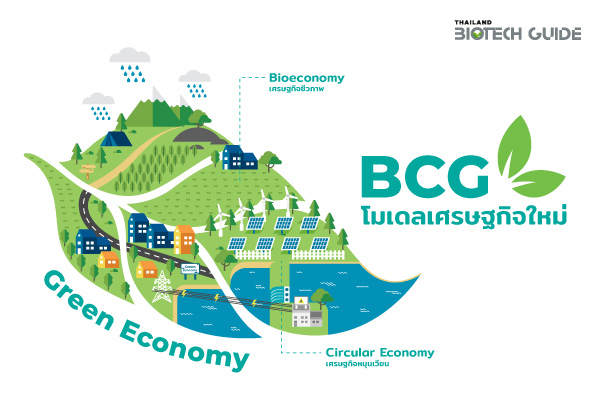
The BCG principle consists of B (Bio Economy), C (Circular Economy), and G (Green Economy), all of which are interconnected and crucial as follows:
B (Bio Economy) Thailand is ranked as the 16th country in the world for biodiversity, rich in plants, animals, and agricultural fertility. We can use this biodiversity as a source of food, resources, and medicine. But for BCG, it’s about how we can make the most out of the existing resources. The Ministry of Higher Education, Science, Research and Innovation is in charge here because the government believes technology and innovation are key to driving this.
C (Circular Economy) Traditionally, we’ve seen the economy as a Linear Economy, where resources are used to produce something, sold, and eventually turn into waste due to the production or expiration of the resource. Currently, we can properly manage only about half of the waste generated. Circular Economy, however, looks at the system as a whole, from the decision of what to produce, how it’s designed (considering Eco design for recyclability), to the production processes that need to be environmentally friendly, using renewable energy. It even extends to trade systems or leasing, like how hotels use a large number of beds and mattresses, which are disposed of after their lifecycle. In a leasing system, these can be maintained and parts reused after their lifecycle, optimizing resource use.
G (Green Economy) must reduce environmental impacts and be a low-carbon economy to reduce greenhouse gas emissions. Thailand has announced on the global stage its goal to achieve Net Zero by 2050.
We consider the entire product lifecycle, where it comes from, whether it’s from nature, if it can be recycled after use, and if it ends up causing other problems. Simply focusing on the product isn’t enough; we must also consider what happens to it after use, which is something we need to continue driving forward.
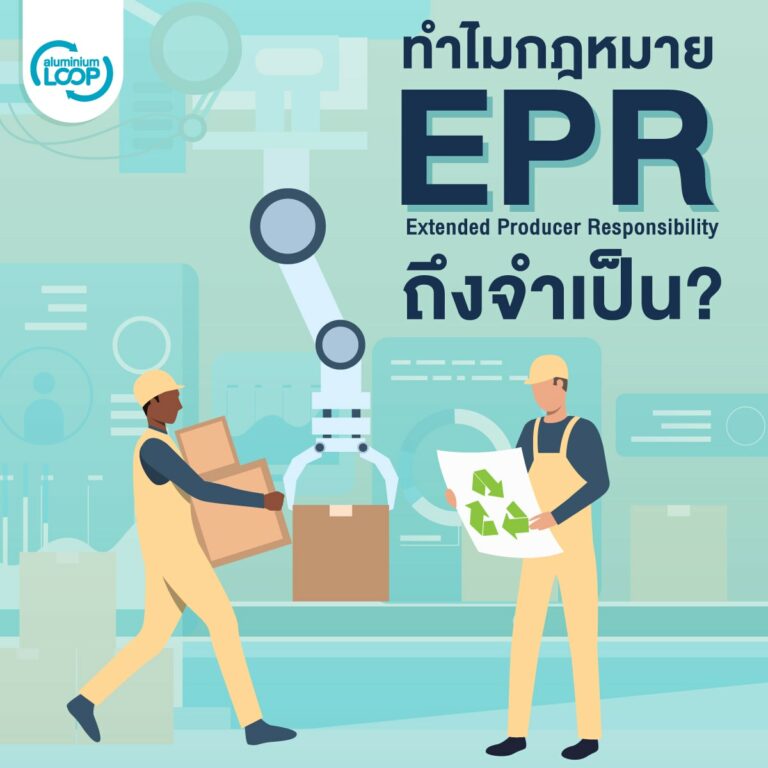
Besides the mandatory aspects of BCG and Circular Economy that all sectors must prioritize and drive forward together, there’s also Extended Producer Responsibility EPR (Extended Producer Responsibility) discussed within the BCG Strategy. EPR extends the manufacturer’s responsibilities across the lifecycle of products and packaging, starting from deciding what kind of products or packaging to produce and determining who is responsible. It’s not just the producer’s responsibility; consumers must also cooperate. For example, in the case of bottled water, after consumers finish drinking, they should return the bottle and get some money back, a system known as the deposit refund system. Then, the producer collects the bottles for further management, such as recycling for reuse.
Thailand is trying to implement such systems, but the challenge is sustainability. Even with adequate trash can services, people still don’t use them properly. Therefore, we need to build a system together, focusing on designing an ecosystem conducive to collecting and recycling.
Additionally, technology and innovation are key. For instance, using apps to assist in waste management. Take the PTT Plastic group’s project, a collaboration between the government, private sector, and civil society, which utilizes an app for collecting plastic waste. Currently, there are models in Khlong Toei and Pathumwan focusing on plastic types and scheduling collection times. This is seen as a communication issue, where besides designing effectively, it’s also essential to facilitate convenience for consumers.
The key to an effective EPR system is that it must be comprehensive, sustainable, and foster an enabling ecosystem. It’s also crucial to understand the context of Thailand and the behavior of Thai people, and then gradually implement changes to allow time for adaptation, considering the entire value chain towards a suitable EPR system for Thailand.
However, driving EPR requires cooperation from all sectors, including manufacturers, the government, academics, and independent agencies, with consumers and the public playing an important role. To align these stakeholders, it’s necessary to clearly analyze the system to understand what producers need to do and how consumers should participate, including the role of local agencies familiar with community issues. It’s important to show each sector what they stand to gain, such as with plastic waste management. For example, the Wang Wa community in Rayong is a pilot where we promote plastic waste separation for further management (recycling, energy generation), adding value to plastic waste and generating income for the community.
It’s clear that establishing a Circular Economy, driving EPR, and addressing waste management issues are essential for economic stability, private sector business stability, and public well-being stability.
Listen to the Pack Back podcast on Circular Economy and packaging recycling at: https://www.youtube.com/watch?v=QUzfrO9n5_k
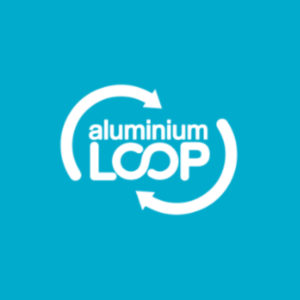

The Treecycle of Joy, displayed at the front plaza of Siam Discovery, is meticulously constructed from over 10,000 recycled aluminium cans.

Get to know Ecocide, as all forms of environmental destruction are about to be recognized as crimes that could lead to international criminal court trials.
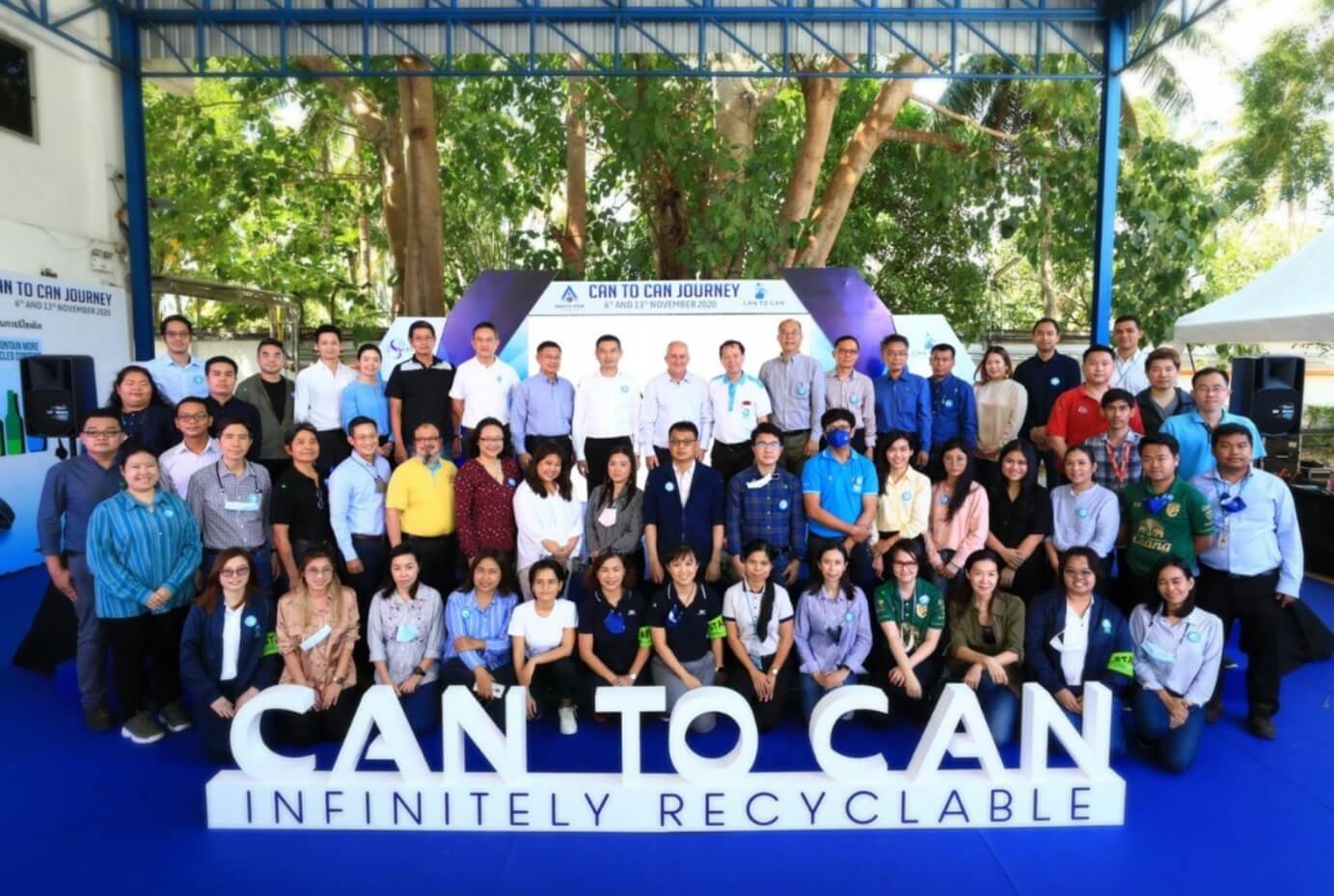
Aligning aluminium cans waste management with the circular economy principles by revitalizing aluminium cans through innovation.